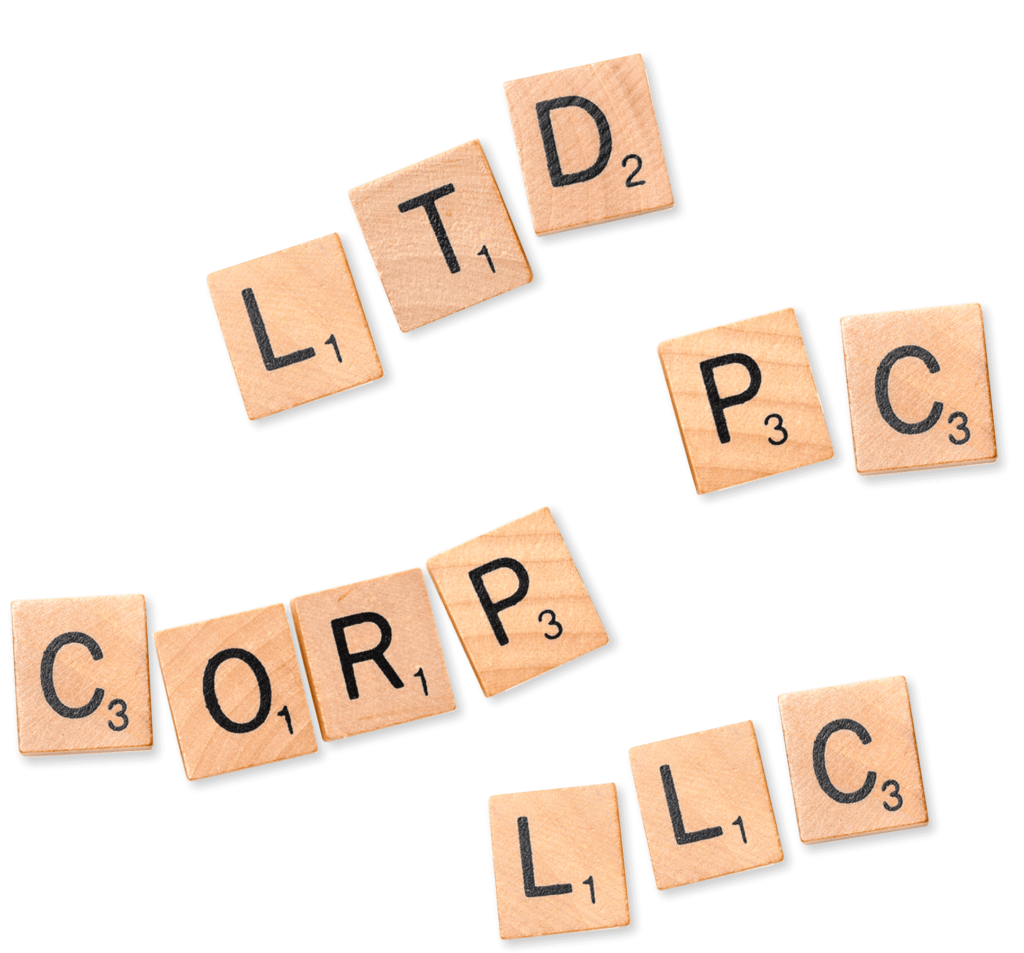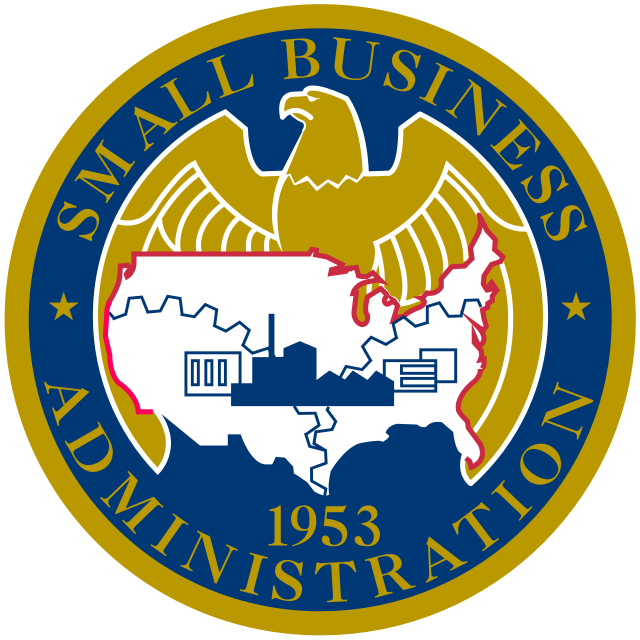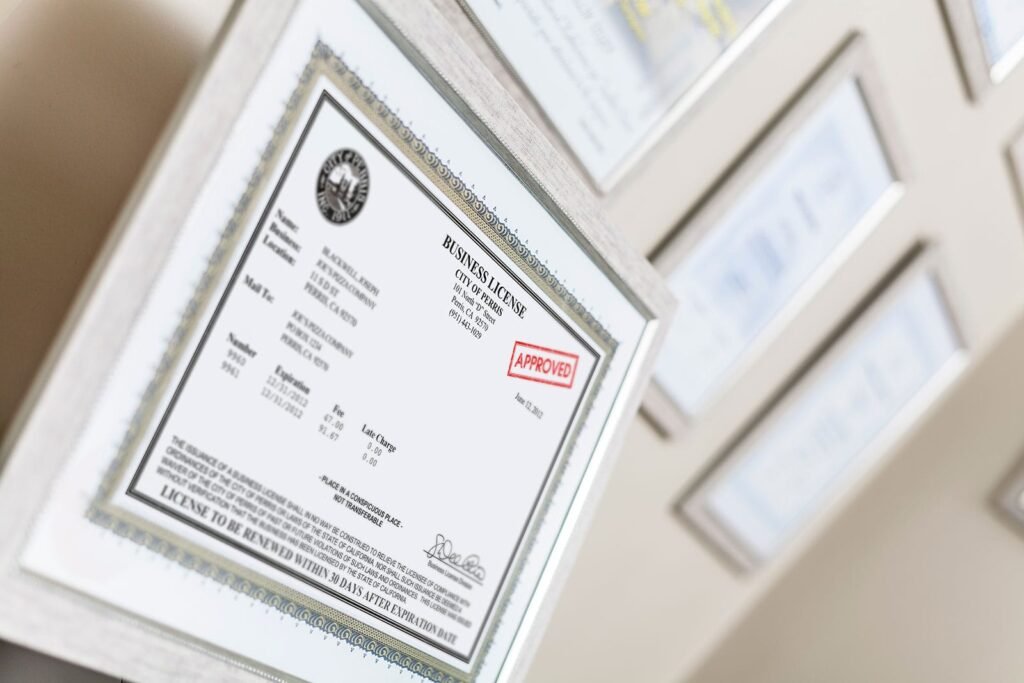
Below is a step-by-step guide detailing the entire process of how to start a small business.
Starting a small business in the U.S. begins with identifying a viable idea that aligns with market demands. Entrepreneurs can explore ideas by assessing their interests, collaborating with others, and conducting market research, including surveys and competitor analysis, to identify gaps and opportunities.
Using a SWOT analysis can help refine the business concept by evaluating strengths, weaknesses, opportunities, and threats. A well-thought-out idea is crucial as it shapes business strategy and impacts long-term success in a competitive market. Starting a small business in the United States requires careful planning, legal registration, and financial preparation.
Starting at age 44, your energy, metabolism, and overall well-being may be silently declining. Don’t wait for symptoms.
Step 1: Develop a Business Idea

Before you start, define your business idea. Ask yourself:
- What problem does your business solve?
- Who are your target customers?
- What makes your product or service unique?
- How will you generate revenue?
Conduct market research to analyze your industry, identify competitors, and assess demand.
Conducting market research is essential for starting a small business in the U.S. It involves gathering and analyzing data on the target market, competition, and industry trends to make informed decisions. Methods include surveys and interviews using tools like SurveyMonkey and Google Forms to collect customer insights. Competitive analysis helps identify strengths, weaknesses, and pricing strategies of rivals to develop a unique value proposition. Additionally, industry research and social media analytics from platforms like Facebook and Google Trends help businesses stay updated on market trends. Since market conditions evolve, research should be an ongoing process to ensure business sustainability and success.
Step 2: Write a Business Plan

A business plan helps secure funding and serves as a roadmap for growth. Key sections include:
- Executive Summary – Brief overview of your business.
- Company Description – What your business does and its structure.
- Market Analysis – Industry trends, competitors, and customer demographics.
- Organization and Management – Legal structure, ownership, and key personnel.
- Products or Services – Description of what you sell.
- Marketing and Sales Strategy – Advertising and customer acquisition methods.
- Funding Request (if applicable) – How much money you need and its intended use.
- Financial Projections – Revenue, expenses, and profitability forecasts.
Step 3: Choose a Business Structure

The legal structure determines your tax obligations and liability. Common options:
- Sole Proprietorship – Simple but carries personal liability.
- Partnership – Shared ownership but partners are personally liable.
- Limited Liability Company (LLC) – Offers liability protection and tax flexibility.
- Corporation (C-Corp or S-Corp) – More complex but provides strong legal protection.
Each structure has different tax implications and legal requirements, so consult a business attorney or accountant.
When starting a small business in the United States, one of the first and most crucial decisions an entrepreneur faces is selecting the appropriate business structure. This choice not only affects the day-to-day operations but also has significant implications for liability, taxation, and management. The four primary types of business structures are sole proprietorships, partnerships, limited liability companies (LLCs), and corporations.
Sole Proprietorship
A sole proprietorship is the simplest form, enabling an individual to operate a business without formal incorporation. This structure offers complete control over decision-making and profit retention. However, it also comes with unlimited personal liability, meaning personal assets are at risk if the business incurs debt or faces legal action.
Partnership
Partnerships, which can be general or limited, involve two or more individuals sharing ownership. While they allow for a pooling of resources and expertise, partners also share liability and management responsibilities. This structure can lead to complexities in decision-making and the potential for disputes among partners.
Limited Liability Company (LLC)
Limited liability companies (LLCs) combine the benefits of sole proprietorships and partnerships while providing personal liability protection. Owners, known as members, are not personally liable for debts incurred by the LLC. Additionally, LLCs benefit from flexible tax treatment, allowing members to choose between being taxed as a corporation or on a pass-through basis. However, they may have more administrative requirements than sole proprietorships or partnerships.
Corporation (C-Corp or S-Corp)
Corporations, which can be structured as C-Corporations or S-Corporations, are complex entities that provide the highest level of liability protection. Shareholders are only liable for the amount invested in the company, isolating personal assets from business risks. However, corporations face stringent regulatory requirements, and taxation can be more complicated, potentially leading to double taxation of profits.
Ultimately, the choice of business structure should align with the entrepreneur’s goals, liability concern, and tax strategy, ensuring alignment with their overall business vision.
Step 4: Register Your Business Name

Choose a unique business name and check its availability:
- Search the U.S. Patent and Trademark Office (USPTO) database for trademarks.
- Verify name availability with your state’s business registration office.
- If using a name different from your legal name, file a DBA (Doing Business As).
Register your business name to protect it
You’ll want to choose a business name that reflects your brand identity and doesn’t clash with the types of goods and services you offer.
Once you settle on a name you like, you need to protect it. There are four different ways to register your business name. Each way of registering your name serves a different purpose, and some may be legally required depending on your business structure and location.
- Entity name protects you at a state level
- Trademark protects you at a federal level
- Doing business as (DBA) doesn’t give legal protection, but it might be legally required
- Domain name protects your business website address
Each of these name registrations are legally independent. Most small businesses try to use the same name for each kind of registration, but you’re not normally required to.
Four different ways to register your business name
Entity name
An entity name can protect the name of your business at a state level. Depending on your business structure and location, the state may require you to register a legal entity name.
Your entity name is how the state identifies your business. Each state may have different rules about what your entity name can be and usage of company suffixes. Most states don’t allow you to register a name that’s already been registered by someone else, and some states require your entity name to reflect the kind of business it represents.
In most cases, your entity name registration protects your business and prevents anyone else in the state from operating under the same entity name. However, there are exceptions pertaining to state and business structure.
Check with your state for rules about how to register your business name.
Trademark
A trademark can protect the name of your business, goods, and services at a national level. Trademarks prevent others in the same (or similar) industry in the United States from using your trademarked names.
For example, if you were an electronics company and wanted to call your business Springfield Electronic Accessories and one of your products Screen Cover 5000, trademarking those names would prevent other electronics businesses or similar products from using those same names.
Businesses in every state are subject to trademark infringement lawsuits, which can prove costly. That’s why you should check your prospective business, product, and service names against the official trademark database(Link is external), maintained by the United States Patent and Trademark Office.
Doing business as (DBA) name
You might need to register your DBA — also known as a trade name, fictitious name, or assumed name — with the state, county, or city your business is located in. Registering your DBA name doesn’t provide legal protection by itself, but most states require you to register your DBA if you use one. Some business structures require you to use a DBA.
Even if you’re not required to register a DBA, you might want to anyway. A DBA lets you conduct business under a different identity from your own personal name or your formal business entity name. As an added bonus, getting a DBA and federal tax ID number (EIN) allows you to open a business bank account.
Multiple businesses can go by the same DBA in one state, so you’re less restricted in what you can choose. There’s also more leeway in the clarity of business function. For example, a small business owner could use Springfield Electronic Accessories for their entity name but use TechBuddy for their DBA. Just remember that trademark infringement laws will still apply.
Determine your DBA requirements based on your specific location. Requirements vary by business structure as well as by state, county, and municipality, so check with local government offices and websites.
Domain name
If you want an online presence for your business, start by registering a domain name — also known as your website address, or URL.
Once you register your domain name, no one else can use it for as long as you continue to own it. It’s a good way to protect your brand presence online.
If someone else has already registered the domain you wanted to use, that’s okay. Your domain name doesn’t actually need to be the same as your legal business name, trademark, or DBA. For example, Springfield Electronic Accessories could register the domain name techbuddyspringfield.com.
You’ll register your domain name through a registrar service. Consult a directory of Accredited Registrars (Link is external) to determine which ones are safe to use, and then pick one that offers you the best combination of price and customer service. You’ll need to renew your domain registration on a regular basis.
Step 5: Obtain an EIN (Employer Identification Number)
The EIN (Tax ID Number) from the IRS is required for tax purposes, especially if hiring employees. You can apply online for free at irs.gov.
Step 6: Register Your Business with the State
Most businesses need to register at the state level:
- LLCs and Corporations must file with the Secretary of State.
- Obtain necessary permits and licenses (e.g., health permits, zoning permits).
- Register for state taxes, including sales tax (if applicable).
Some states require business insurance (like workers’ compensation).
If your business is a limited liability company (LLC), corporation, partnership, or nonprofit corporation, you’ll probably need to register with any state where you conduct business activities.
Typically, you’re considered to be conducting business activities in a state when:
- Your business has a physical presence in the state
- You often have in-person meetings with clients in the state
- A significant portion of your company’s revenue comes from the state
- Any of your employees work in the state
Some states allow you to register online, and some states make you file paper documents in person or through the mail.
Most states require you to register with the Secretary of State’s office, a Business Bureau, or a Business Agency.
Step 7: Open a Business Bank Account

Keep business and personal finances separate by opening a business bank account.
- Choose a bank that offers low fees and business-friendly services.
- Obtain a business credit card to track expenses.
A small business checking account can help you handle legal, tax, and day-to-day issues. The good news is it’s easy to set one up if you have the right registrations and paperwork ready.
Open a business account when you’re ready to start accepting or spending money as your business. A business bank account helps you stay legally compliant and protected. It also provides benefits to your customers and employees.
Benefits of business bank accounts
As soon as you start accepting or spending money as your business, you should open a business bank account. Common business accounts include a checking account, savings account, credit card account, and a merchant services account. Merchant services accounts allow you to accept credit and debit card transactions from your customers.
You can open a business bank account once you’ve gotten your federal EIN.
Most business bank accounts offer perks that don’t come with a standard personal bank account.
- Protection. Business banking offers limited personal liability protection by keeping your business funds separate from your personal funds. Merchant services also offer purchase protection for your customers and ensures that their personal information is secure.
- Professionalism. Customers will be able to pay you with credit cards and make checks out to your business instead of directly to you. Plus, you’ll be able to authorize employees to handle day-to-day banking tasks on behalf of the business.
- Preparedness. Business banking usually comes with the option for a line of credit for the company. This can be used in the event of an emergency, or if your business needs new equipment.
- Purchasing power. Credit card accounts can help your business make large startup purchases and help establish a credit history for your business.
Find an account with low fees and good benefits
Some business owners open a business account at the same bank they use for their personal accounts. Rates, fees, and options vary from bank to bank, so you should shop around to make sure you find the lowest fees and the best benefits.
Here are things to consider when you’re opening a business checking or savings account:
- Introductory offers
- Interest rates for savings and checking
- Interest rates for lines of credit
- Transaction fees
- Early termination fees
- Minimum account balance fees
Here are things to consider when you’re opening a merchant services account:
- Discount rate: The percentage charged for every transaction processed
- Transaction fees: The amount charged for every credit card transaction
- Address Verification Service (AVS) fees
- ACH daily batch fees: Fees charged when you settle credit card transactions for that day
- Monthly minimum fees: Fees charged if your business doesn’t meet the minimum required transactions
Payment processing companies are an increasingly popular alternative to traditional merchant services accounts. Payment processing companies sometimes provide extra functionality, like accessories that let you use your phone to accept credit card payments. The fee categories that you need to consider will be similar to merchant services account fees. If you find a payment processor that you like, remember that you’ll still need to connect it to a business checking account to receive payments.
Get documents you need to open a business bank account
Opening a business bank account is easy once you’ve picked your bank. Simply go online or to a local branch to begin the process. Here are some of the most common documents banks ask for when you open a business bank account. Some banks may ask for more.
- Employer Identification Number (EIN) (or a Social Security number, if you’re a sole proprietorship)
- Your business’s formation documents
- Ownership agreements
- Business license
Step 8: Secure Funding



If you need capital, explore financing options:
- Self-funding (bootstrapping) – Use personal savings.
- Bank loans – Requires good credit and a solid business plan.
- SBA Loans – Government-backed loans from the Small Business Administration.
- Investors/Venture Capitalists – Exchange equity for funding.
- Crowdfunding – Raise money online via platforms like Kickstarter.
Starting a small business requires capital, and finding the right financing option is crucial for success. Below are various funding options available to entrepreneurs in the United States, along with their benefits and requirements.
Self-Funding (Bootstrapping)
Self-funding, also known as bootstrapping, involves using personal savings or resources to finance your business.
Pros:
Full control over the business without external influence.
No debt or interest payments.
Quick decision-making without investor approval.
Cons:
Personal financial risk.
Limited growth potential if personal funds are insufficient.
Bank Loans
Traditional bank loans are a common funding source for small businesses, but they require strong credit history and a well-structured business plan.
Pros:
Competitive interest rates compared to alternative lending options.
Fixed repayment terms for better financial planning.
Cons:
Requires good credit and collateral.
Lengthy approval process with strict requirements.
Small Business Administration (SBA) Loans
The U.S. Small Business Administration (SBA) offers government-backed loans to help entrepreneurs secure capital with lower risks for lenders.
Types of SBA Loans:
7(a) Loan Program – General-purpose funding for small businesses.
504 Loan Program – Long-term, fixed-rate financing for real estate and equipment.
Microloans – Small loans up to $50,000 for startups and small businesses.
Pros:
Lower interest rates and longer repayment terms.
More accessible to startups than traditional bank loans.
Cons:
Complex application process with extensive documentation.
Approval time can take weeks or months.
Investors and Venture Capitalists
Investors and venture capitalists provide funding in exchange for equity (ownership) in the company.
Pros:
Large capital infusion for scaling the business.
Access to industry expertise and mentorship.
Cons:
Loss of full ownership and decision-making control.
High expectations for rapid growth and returns.
Crowdfunding
Crowdfunding allows entrepreneurs to raise money online through platforms like Kickstarter, Indiegogo, and GoFundMe.
Pros:
No need to repay funds (if rewards-based crowdfunding is used).
Increases brand visibility and attracts potential customers.
Cons:
Success depends on marketing efforts and audience engagement.
Competitive and unpredictable funding results.
Business Grants
Government agencies, private organizations, and nonprofits offer grants to support small businesses, especially those owned by women, minorities, and veterans.
Pros:
No repayment required.
Encourages innovation and community impact.
Cons:
Highly competitive application process.
Funds may come with restrictions on usage.
Alternative Online Lenders
Online lenders such as Kabbage, OnDeck, and Fundbox provide quick financing options with fewer requirements than traditional banks.
Pros:
Fast approval process (sometimes within 24 hours).
Flexible qualification criteria.
Cons:
Higher interest rates than traditional bank loans.
Shorter repayment terms may strain cash flow.
Choosing the right financing option depends on your business model, financial situation, and long-term goals. Entrepreneurs should carefully assess the pros and cons of each funding method and seek professional advice when necessary. By exploring multiple funding avenues, small business owners can find the best solution to support their venture’s growth and success.
Step 9: Obtain Business Licenses & Permits

Check federal, state, and local regulations for required licenses:
- Local business licenses (city/county).
- Health and safety permits (if serving food).
- Professional licenses (e.g., legal, accounting, medical businesses).
- Home-based business permits (if running from home).
Check your state’s Small Business Administration (SBA) office for details.
Step 10: Set Up Accounting & Tax Compliance
- Use accounting software like QuickBooks, FreshBooks, or Wave.
- Keep track of income, expenses, and tax obligations.
- Pay federal, state, and local taxes (e.g., sales tax, payroll tax).
- Consider hiring a bookkeeper or CPA for tax compliance.
Step 11: Develop a Marketing Strategy
Promoting your business is crucial for growth and sustainability. Below are some key marketing strategies::
- Build a website – Use WordPress, Shopify, or Wix. A professional website is essential for establishing an online presence.
- Social Media Marketing – Use platforms like Facebook, Instagram, and LinkedIn to engage with potential customers and build brand awareness.
- SEO & Google Ads – Drive traffic to your website. Invest in Search Engine Optimization (SEO) to improve organic traffic and use Google Ads to target potential customers effectively.
- Networking & Partnerships – Build relationships with industry professionals, attend networking events, and establish partnerships to increase business opportunities.
Step 12: Hire Employees (if needed)
If hiring staff, follow legal requirements:
- Register for state employer taxes.
- Obtain workers’ compensation insurance.
- Follow labor laws regarding wages and workplace safety.
Step 13: Launch Your Business
- Set an official launch date.
- Announce it via social media, press releases, and local events.
- Offer promotions, discounts, or referral incentives.
Step 14: Monitor and Grow Your Business
After launching:
- Track performance metrics (sales, website traffic, customer feedback).
- Adapt marketing strategies to improve visibility.
- Expand by adding new products, locations, or services.
Starting a small business in the U.S. requires careful planning, legal compliance, and financial management. By following these 14 steps, you can establish a successful and legally compliant business.
Essential Guidance on How to Start a Small Business in your Country
While the fundamental principles of launching a small business remain similar worldwide, the specific legal, financial, and regulatory requirements vary from country to country. What applies in the United States may not align with the processes in Canada, the United Kingdom, Australia, or any other English-speaking nation.
To ensure you set up your business correctly, it is crucial to seek guidance from professionals in your own country. Consulting with an accountant, a business attorney, or the appropriate government agencies will provide you with first-hand, accurate information tailored to your specific location. They can help you navigate essential aspects such as business registration, tax obligations, licensing, and legal compliance—all of which can differ significantly depending on national and local laws.
Attempting to start a business without this knowledge can lead to costly mistakes, legal issues, or unnecessary delays. Do not leave your success to chance! Take the proactive step of verifying the requirements in your country, ensuring that your business is built on a strong and compliant foundation.
Your entrepreneurial journey begins with the right information—make sure you’re getting it from the right sources!
Discover More of Technology Splendor: Explore Our Other Sites
Your Health is your Best Investment
Energy, clarity, and balance are the foundation of every dream. Without health, wealth loses its shine and relationships lose their spark. Discover strategies to strengthen your body, sharpen your mind, and energize your spirit.
Learn How to Protect It →Relationships Give Life Meaning
Health gives you energy. Wealth gives you freedom. But only deep, authentic relationships give life true purpose. Discover the tools to connect, love, and communicate at your best.
Improve your Personal and Business Relationships
